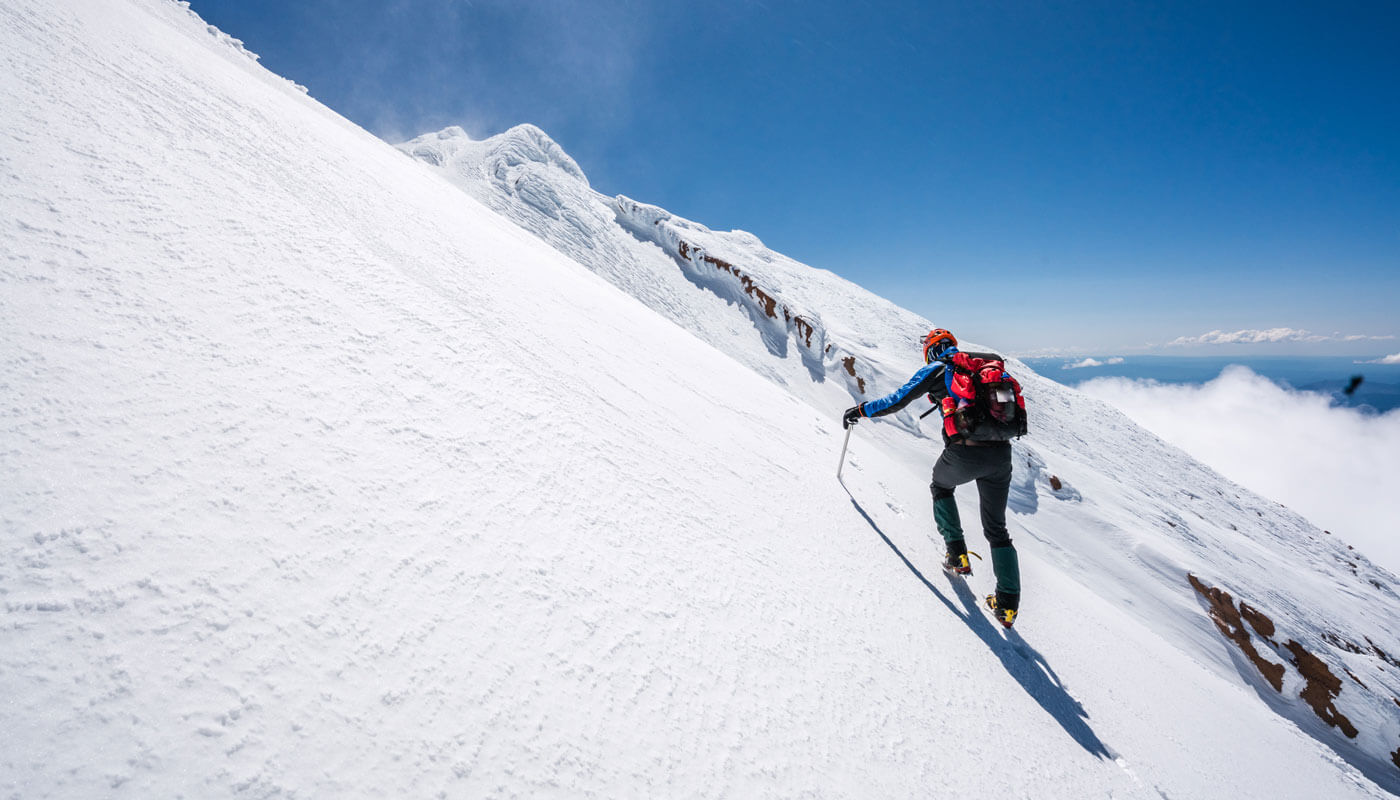Two brothers set off to conquer Nanga Parbat, the ninth highest mountain in the world. But only one made it home. To make matters worse, people didn’t believe the story of the surviving brother and accused him of leaving his younger brother for dead. This is the story of the Messner brothers, their last mountaineering escapade, and how DNA tests finally proved the innocence of Reinhold Messner.
Reinhold Messner is a world famous Italian mountaineer. He was the first to climb all 14 peaks over 8,000 meters (26,000 feet) and the first to cross Antarctica and Greenland on skis. He has done many solo climbs including Nanga Parbat and Mount Everest.
His fast high-altitude alpine-style climbs with limited supplies and support personnel are well known. Reinhold has written over 60 books and is the founder of the Messner Mountain Museum.
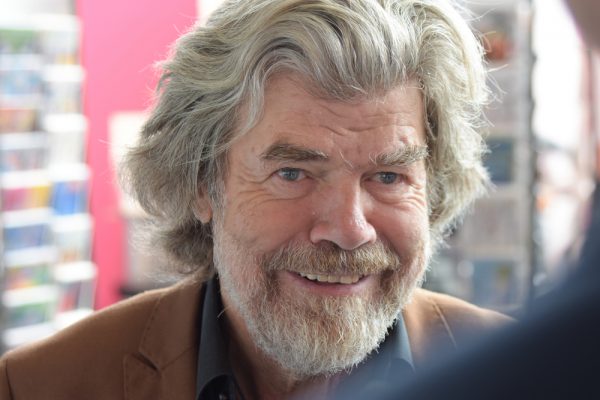
First expedition to the Nanga Parbat
Even with his many, many achievements, one climb from his early mountaineering days, is considered to be a turning point in Reinhold’s life. It was his first expedition to Nanga Parbat in the west Himalayas.
Nanga Parbat is the ninth highest mountain in the world. It’s a notoriously difficult climb to the summit at 8,126 meters (26,660 feet). In 1970, Reinhold joined a group that aimed to summit Nanga Parbat via the unclimbed Rupal Wall, the highest rock and ice face in the world. Reinhold’s brother, Günther Messner, was also part of the team.
The evening before the final push to the summit, the base camp accidentally signaled approaching poor weather to Reinhold, Günther and Gerhard Baur, who were at the highest camp.
It was decided that Reinhold would leave early the next morning to reach the summit alone, before the weather closed in. Günther and Baur began preparing ropes to aid Reinhold’s descent, when Günther suddenly decided to catch Reinhold and summit with him.
Several days later, Reinhold returned exhausted. But Günther became another casualty of the “killer mountain.”
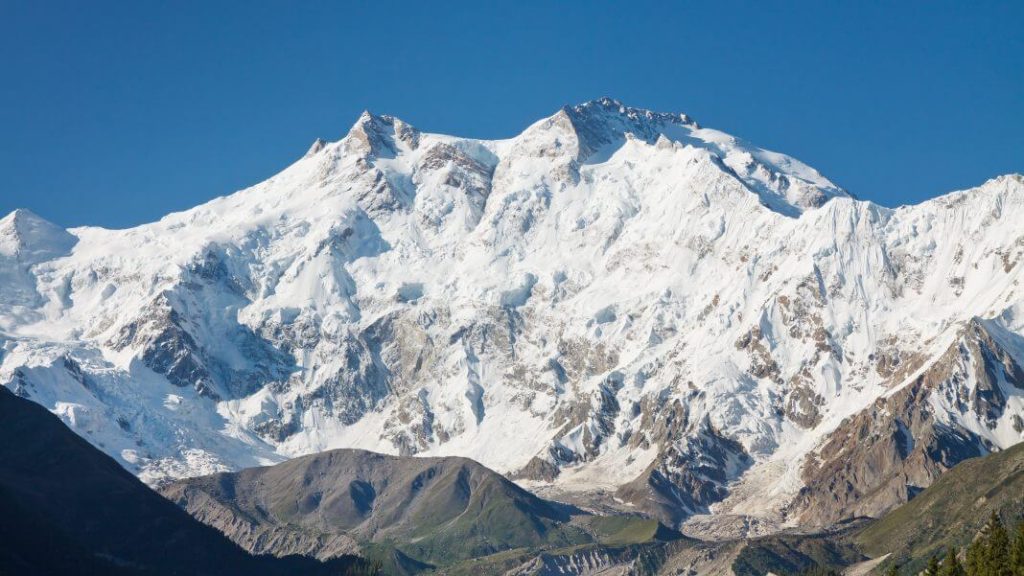
Günther abandoned on Nanga Parbat?
According to Reinhold, Günther had caught up with him and they had summited together. However, the extra exertion had exhausted Günther. So rather then attempt to descend the difficult Rupal Wall, they spent the night near the summit with no tent and few supplies.
The next day, Reinhold thought that two rescuers had arrived. Unfortunately the two climbers were making their own bid for the summit and passed by, not realizing that the brothers were in trouble. Reinhold and Günther spent another night exposed near the summit, before attempting to descend down the easier Diamir Face.
By this point, both brothers were severely exhausted, and as Reinhold stumbled ahead, he lost sight of Günther. After realizing his brother may have been caught in an avalanche, he frantically searched the debris, before abandoning the search and staggering down to the valley.
However, former climbing partners of Reinhold disputed his story and believed that Reinhold may have abandoned his brother in his bid for summiting and crossing glory.
This controversy led to multiple lawsuits, attacks and counterattacks. Reinhold returned to Nanga Parbat several times to search for signs of his brother, in an unsuccessful bid to put these horrible accusations to rest.
Discovery of human remains on Diamir Face
In 2000, a human fibula was discovered on the Diamir Face. This was the area where Reinhold had claimed Günther was lost. The bone was initially believed to belong to a different person lost on the same face. But in 2003 the remains of that individual were found elsewhere.
Then in 2005, after an unusual heat wave on the mountain, more remains were found. They found clothing matching Günther’s and a proximal phalanx (toe bone) still within a mountain boot.
DNA analyses of the remains
Had the remains of Günther been found? And would Reinhold’s disbelievers now believe his version of events? The only way to confirm the identity of the remains was through DNA analyses.
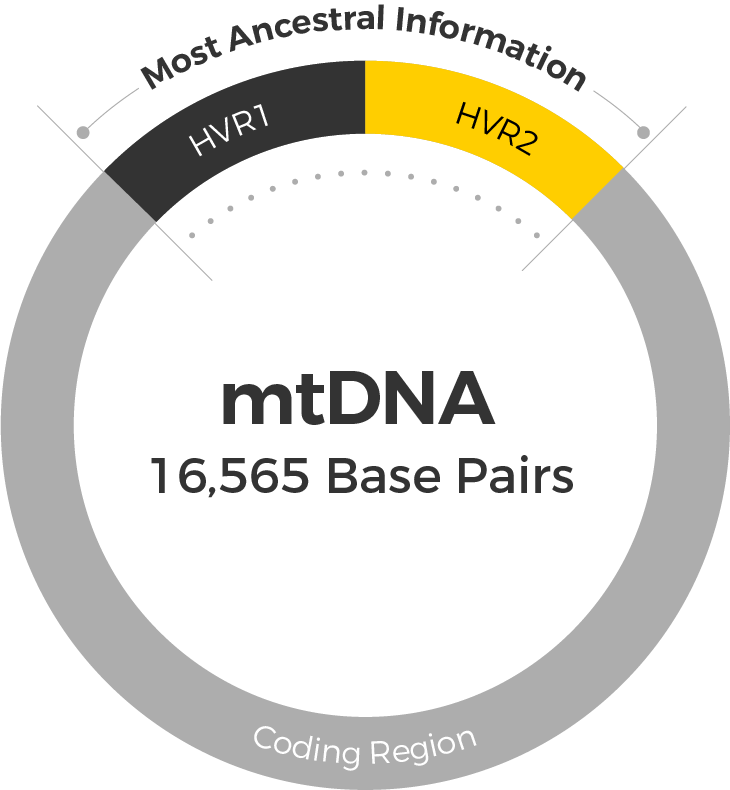
Researchers obtained mitochondrial DNA (mtDNA) profile and Y-DNA profiles from the remains. Then compared these profiles to the profiles obtained from two references – Reinhold and his brother Hubert.
Siblings like Günther, Reinhold and Hubert have the exact same mtDNA profile (inherited from their mother). Since they are brothers, they also have the exact same Y-DNA profile (inherited from their father).
There are hundreds to thousands of copies of the mtDNA genome in most of our cells. This means there’s a higher chance of extracting suitable DNA from degraded remains, compared to only two copies of the nuclear genome within each of our cells.
The researchers were able to determine the mtDNA profile from the fibula found on Nanga Parbat. But the Y-DNA analysis from the fibula did not provide adequate data. Instead, a Y-DNA profile was generated from the phalanx, which had been slightly protected inside a mountain boot.
Exact match to the surviving brothers
Both the mtDNA profile and the Y-DNA profile from the remains were an exact match to the two surviving brothers (Reinhold and Hubert), confirming that the remains of Günther had been found.
Furthermore, these remains were found on the Diamir Face, agreeing with Reinhold’s story that Günther had been caught in an avalanche during their descent, rather than being abandoned during the climb, as his opponents had claimed.
While he survived his first expedition to Nanga Parbat, it didn’t leave Reinhold unscathed. He had lost his younger brother, whom he had climbed with from his early teens, and several of his toes had to be amputated due to severe frostbite.
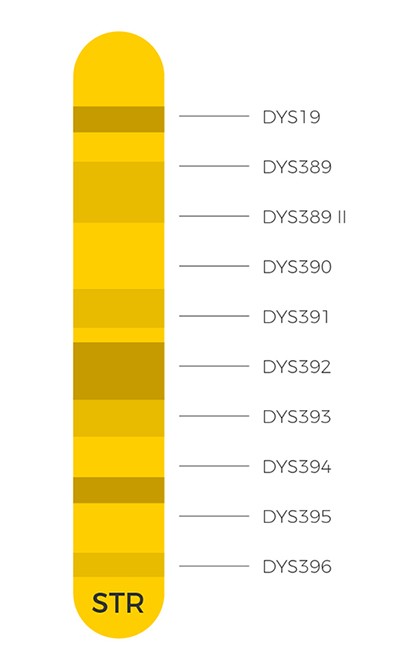
From then on, he was not able to climb as well on rock. So he set his sights on higher mountains where there was much more ice. In 1980, he became the first to ascend Mount Everest alone and without oxygen.
The DNA analyses conducted to identify the remains of Günther confirmed Reinhold’s version of the horrific loss of Günther. It also defined the mtDNA and Y-DNA profiles of Günther, Reinhold and Hubert Messner.
If you have taken the DNA Maternal Ancestry Test or the DNA Paternal Ancestry Test, you can compare your DNA against these profiles to see if you may have descended from the same lineage as this mountaineering family.
References:
Parson W et al. (2007) Unravelling the mystery of Nanga Parbat. Int J Legal Med. 121(4):309-10.


